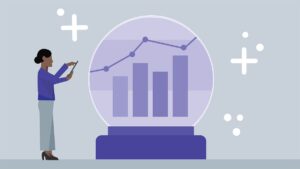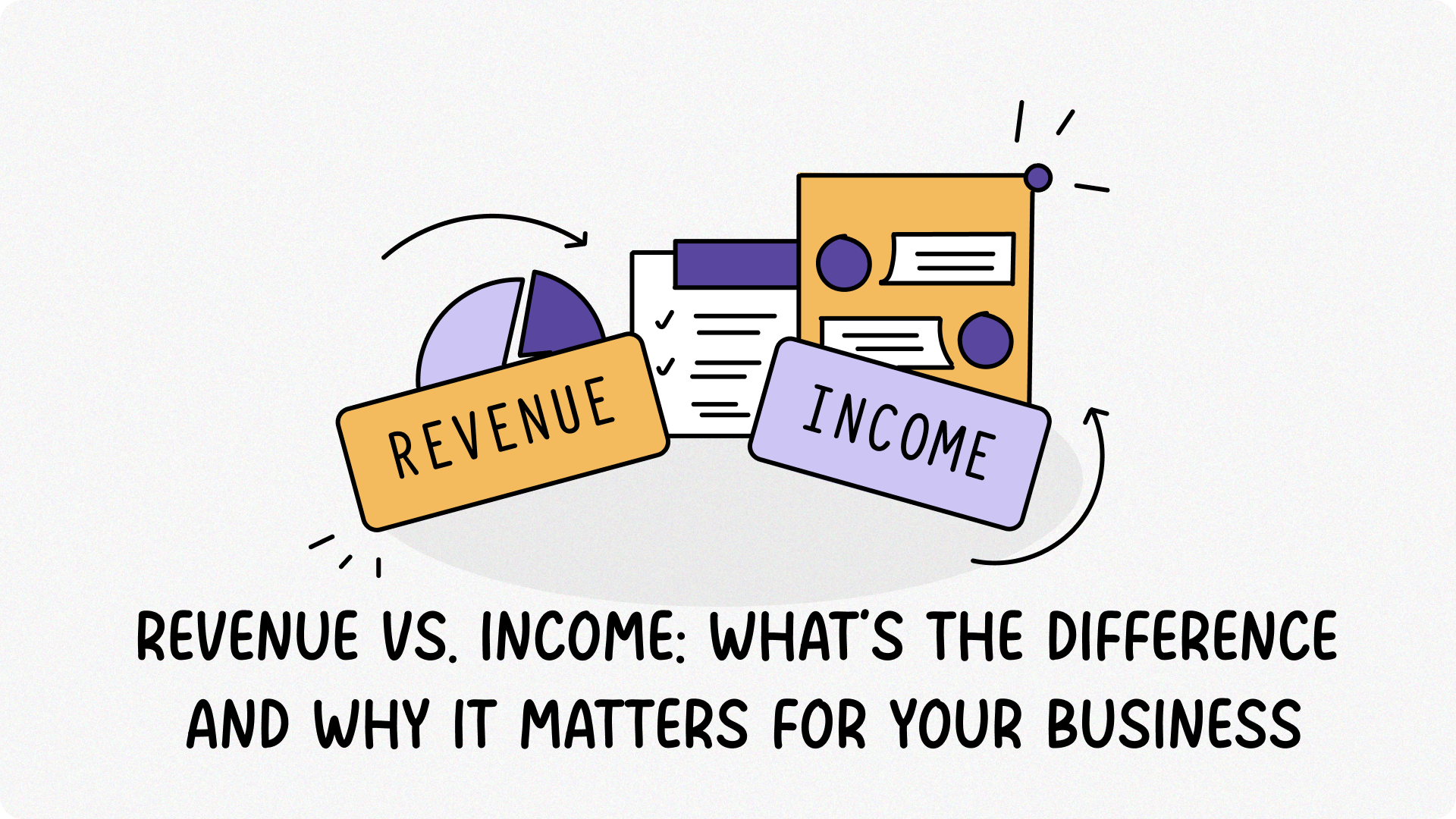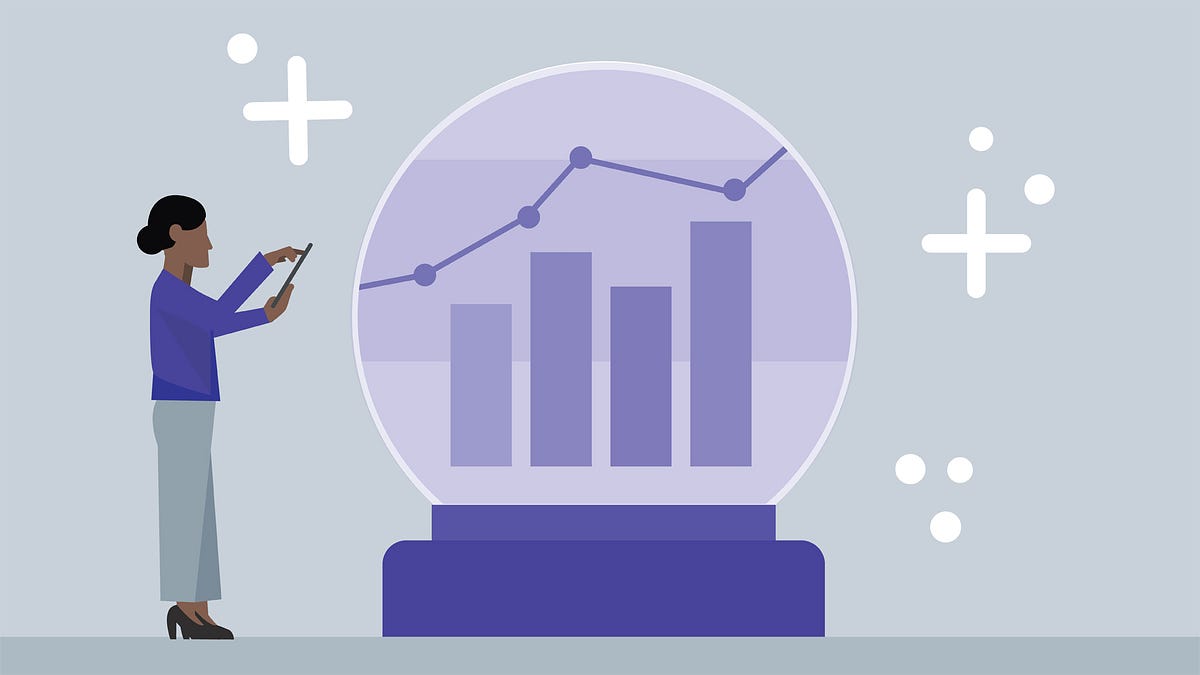Key difference between revenue and income:
Revenue is the total money your business earns from selling goods or services, while income represents what’s left after subtracting expenses, taxes, and other costs.
Understanding the difference between revenue and income is essential for measuring your business’s financial health, tracking profitability, and making smart decisions for growth.
Table of Contents
- Why Revenue and Income Matter
- What is Revenue?
- What is Income?
- Revenue vs. Income: 3 Key Differences
- How to Analyze Revenue and Income Together
- Best Practices: Using Both for Maximum Profitability
- Run Your Business with Confidence
Why Revenue and Income Matter
Many business owners focus on top-line numbers—like sales—but true financial health comes from understanding what’s left after all the costs are paid. While revenue shows your business’s earning power, income tells you how profitable those earnings really are.
According to recent studies, more than half of small business owners misinterpret their financial reports, often confusing revenue with income—which can lead to misguided decisions about hiring, expansion, or pricing. Knowing how to distinguish the two helps you manage cash flow, identify growth opportunities, and plan for sustainable success. This distinction is also vital because a high income on an accrual basis may not equal immediate cash flow.
What is Revenue?
Revenue, often called sales or turnover, is the total amount of money your business earns from its normal operations.
Key points about revenue:
- It includes all money received from selling goods or providing services.
- It’s calculated before any costs, taxes, or expenses are deducted.
- It’s often referred to as the “top line” on your income statement.
Example:
If your company sells 1,000 units of a product for $50 each, your total revenue is $50,000—regardless of how much it cost to make or sell those products.
Revenue can be broken down into:
- Operating revenue: Earnings from your main business activities (e.g., sales, subscriptions, or services).
- Non-operating revenue: Earnings from secondary sources (e.g., interest income, investments, or one-off asset sales).
What is Income?
Income, also known as profit, is what remains after deducting all operating costs, taxes, and other expenses from total revenue.
Types of income:
- Gross income (gross profit): Revenue minus the cost of goods sold (COGS).
- Operating income: Gross income minus operating expenses like wages, rent, and utilities.
- Net income: The final profit after subtracting all expenses, including taxes and interest—often called the “bottom line.”
Example:
If your business earns $50,000 in revenue but spends $35,000 on materials, wages, and overhead, your income (or net profit) is $15,000.
Revenue vs. Income: 3 Key Differences
While revenue and income are related, they serve different purposes in financial reporting. Here are three key ways they differ:
1. What they measure
- Revenue measures total earnings from business activities.
- Income measures profitability after expenses are deducted.
Revenue tells you how much money is coming in; income tells you how efficiently that money is being converted into profit.
2. Where they appear on financial statements
- Revenue is at the top of the income statement.
- Income (specifically Net Income) appears at the bottom—hence the term “bottom line.”
These positions visually represent the flow from sales to profit.
3. What they reveal about performance
- Revenue indicates market demand and sales strength.
- Income reveals cost management, efficiency, and long-term sustainability.
A company with high revenue but low income may be overspending or facing pricing issues. A company with modest revenue but strong income shows healthy cost control and profitability.
How to Analyze Revenue and Income Together
For a clear picture of your business’s financial health, it’s important to analyze both revenue and income together.
Ask yourself:
- Are rising revenues leading to higher income, or are costs eating into profits?
- Do pricing strategies align with cost structures?
- Is income growing faster than revenue—a sign of efficiency and scalability?
Tracking both figures over time helps you identify trends, forecast future profits, and adjust your strategy when needed.
Best Practices: Using Both for Maximum Profitability
For any small business, success isn’t just about maximizing the top line (revenue) but converting that sales activity into a healthy bottom line (income).
1. Focus on the Margin First
Before chasing massive revenue growth, ensure your gross income (or gross margin) is healthy. If you’re not making a decent margin on each sale, a huge increase in sales will only multiply your losses or operational headaches. Use your accounting software to calculate your Gross Profit Margin:
Gross Profit Margin = Gross Income ÷ Revenue
2. Regularly Review Your Expense Breakdown
If your revenue is high but your net income is low, your problem is likely buried in your operating expenses. Use Fynlo’s detailed reports to perform a variance analysis on your major expense categories: payroll, rent, utilities, and marketing spend. Ask if every dollar spent is contributing to your revenue generation.
Fynlo’s detailed reports can visually categorize these expenses, helping you target cost-saving opportunities directly.
3. Track Trends, Not Just Totals
Don’t just look at the revenue vs. income numbers for the current month. Track the ratio of Net Income to Revenue over a year. A consistently shrinking ratio is a signal that operating expenses are creeping up and need immediate attention, even if total revenue is rising.
Run Your Business with Confidence
In short:
- Revenue is what you earn.
- Income is what you keep.
Both are vital for understanding your business’s financial story. Monitoring them side by side helps you make informed decisions, plan strategically, and build long-term profitability.
With Fynlo, you can see both your top-line revenue and bottom-line income in clear, simple, and real-time dashboards—clear, simple, and in real time. No more guesswork or juggling spreadsheets. Just instant insights that help every sale translate into true, sustainable profitability.
Start using Fynlo today to gain clarity and confidence in your business’s financial performance.
You may also like these articles:







